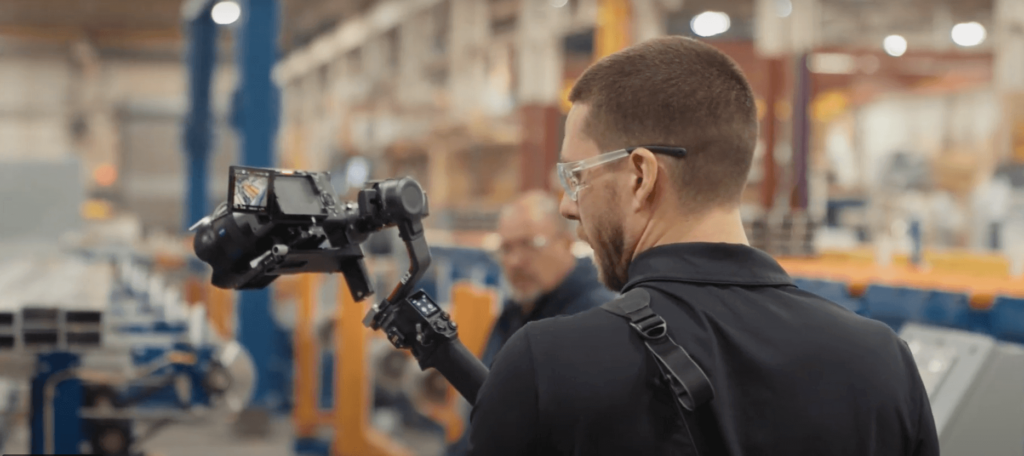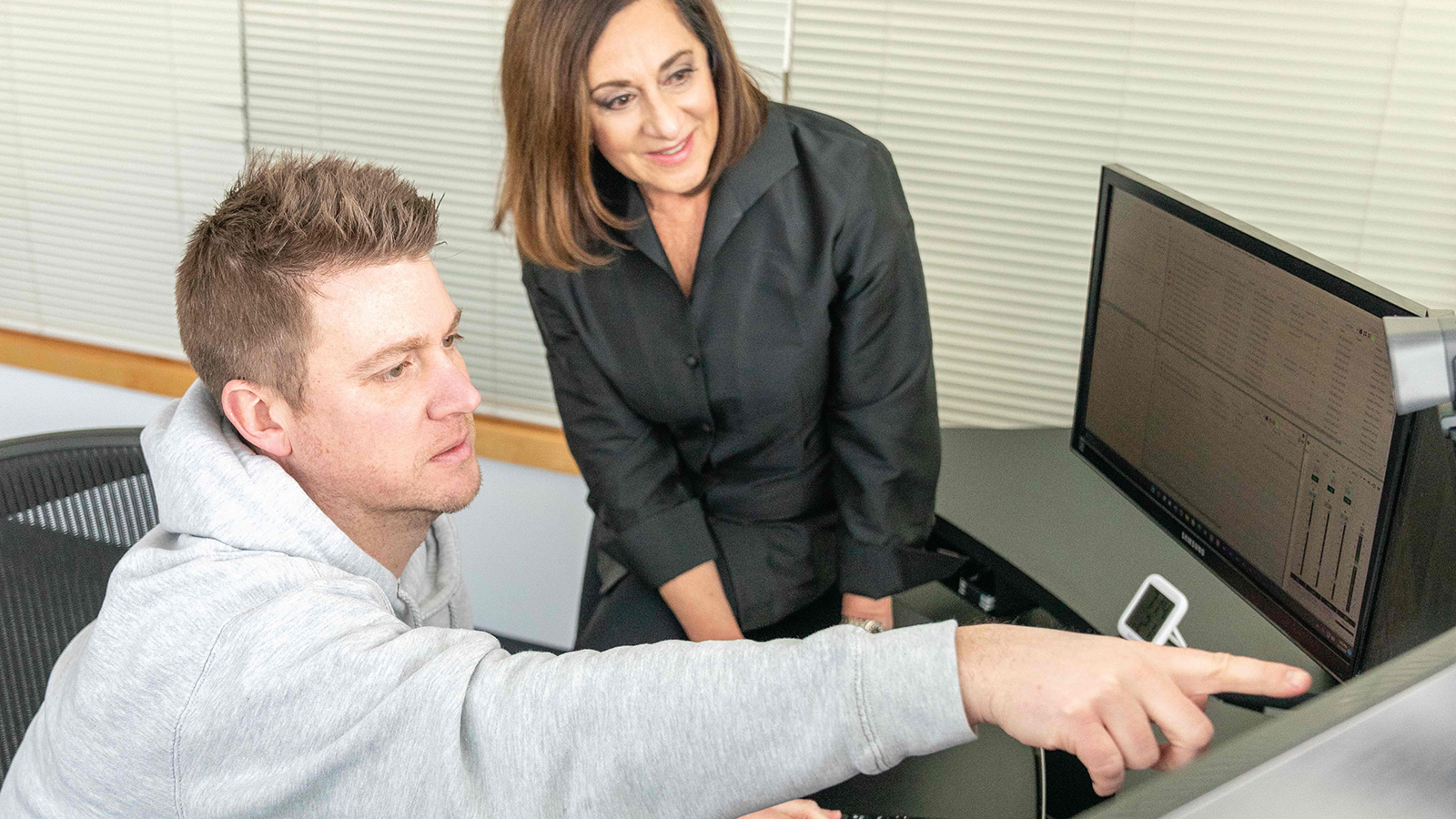
What are the Pros and Cons of Video Case Studies?
Video case studies are certainly not new. But in the digital age, video case studies have emerged as a powerful tool for businesses, nonprofits, educators, and marketers alike. These dynamic and engaging formats offer a modern twist on traditional text-based case studies, providing an immersive way to present real-life examples and success stories. In this post we’ll discuss the advantages of video case studies as well as some of the disadvantages of these case studies, exploring their impact across various industries and highlighting key considerations for their effective use.
What is a Video Case Study?
A video case study is a multimedia presentation that combines visual and auditory elements to tell the story of a specific subject, such as a customer success story, a product implementation, or a unique project. Unlike traditional text-based case studies, video case studies leverage the power of visuals, motion graphics, sound, and narrative to create a more engaging and memorable experience. They are commonly used in business to showcase product and service benefits, in education to illustrate concepts, and in marketing to highlight customer testimonials and success stories.
Pros of Video Case Studies
One of the most significant advantages of case studies in video format is their ability to capture and retain viewer attention. You have heard the saying “a picture is worth a thousand words.” Video takes it to the next level because visual and auditory stimuli are inherently more engaging than text. That makes it easier to convey complex information and keep the audience interested. For example, the Sonic #SquareShakes video case study is praised for its compelling visuals and background music, which help maintain viewer engagement throughout the presentation.
Video case studies can present information in a more dynamic and interactive way, which is particularly effective for demonstrating products or services in action. This level of engagement can lead to higher retention rates and a more profound impact on the viewer.
CK and CO produced this product demonstration which captured lots of attention and interest.
Builds Credibility and Trust
Video case studies help build credibility and trust by showcasing real people and authentic stories. While businesses like to feature their own experts, it is always more impressive when a third-party provides a great testimonial. When potential customers see actual users sharing their experiences and results, it adds an extra layer of authenticity that text-based case studies often lack. This human element can be crucial in establishing a connection with the audience and building trust in the brand.
For instance, video case studies often feature concrete data and statistics that validate the claims being made. This evidence-based approach reinforces the credibility of the content, as seen in the example of PayPal’s merchant services video case study, which highlights the tangible benefits experienced by small business owners.
CK and CO produced this case study for Marble Distillery which not only offered a compelling story about process automation but demonstrated the commitment to sustainability efforts.
Enhances Emotional Connection
Another key benefit of video case studies is their ability to evoke emotional responses. By using storytelling techniques and personal narratives, video case studies can create a strong emotional connection with the audience. This connection can make the content more memorable and persuasive, influencing the viewer’s perception and decision-making process.
A notable example is the Amazon Web Services (AWS) Program video, which tells the story of a military veteran who found a new career path through the program. The emotional journey depicted in the video helps viewers relate to the subject and feel inspired by the success story.
That same concept was used to show the impact of Cisco’s Networking Academy in the life of a deaf college student. The Academy provides certification and training to future IT professionals.
SEO and Online Visibility
Video content is highly favored by search engines, making video case studies a valuable asset for improving SEO and online visibility. Videos can be optimized with relevant keywords, tags, and descriptions, helping them rank higher in search results. Additionally, videos tend to generate more engagement, such as likes, shares, and comments, which further boosts their visibility and reach.
For example, incorporating video case studies into a website can increase the time visitors spend on the site, reduce bounce rates, and enhance overall user experience. These factors contribute to better search engine rankings and increased organic traffic.
Cons of Video Case Studies
One of the primary disadvantages of case studies in video format is the cost. Creating a high-quality video involves expenses related to shooting, editing, post-production, and sometimes hiring voiceover talent. These costs can be off-putting for smaller businesses or organizations with limited budgets, though in many cases they can be created more inexpensively than you might think. Costs can be controlled by consolidating the shoot locations and efficiently scheduling interviews.
It is important to maintain high production standards to ensure the video case study is professional and effective. Poorly produced videos can harm the brand’s reputation and fail to engage the audience, negating the potential benefits. This is why you should avoid trying to do these in-house without professional staff and equipment.
Time-Consuming Creation Process
The process of creating a video case study is usually a bit more time-consuming than a text case study and requires careful planning and coordination. Scripting and storyboarding are much the same as a print or text case study. However, filming and editing demand more time. Gathering content, scheduling interviews, and ensuring all elements align are usually more resource-intensive.
Additionally, the need for revisions and approvals can extend the timeline. This is where professionals should guide you to be sure that you are on-track from the start. Changes to the script or interview content can delay the release of the video case study, impacting its relevance and timeliness.
How to Maximize the Benefits of Video Case Studies
To maximize the benefits of case studies, it is essential to employ effective storytelling techniques. Crafting a compelling narrative that resonates with the audience is key to maintaining engagement and conveying the message. This involves structuring the video with a clear beginning, middle, and end, and using elements such as visuals, sound, and personal anecdotes to enhance the story.
For example, a well-structured video case study should introduce the problem or challenge, showcase the solution, and highlight the results, all while maintaining a consistent and engaging narrative. This approach ensures that the content is not only informative but also captivating and memorable.
Utilizing Metrics and Analytics
Tracking the performance of video case studies through metrics and analytics is crucial for understanding their impact and effectiveness. Analyzing data such as view counts, watch time, engagement rates, and conversion rates can provide valuable insights into how the videos are performing and where improvements can be made.
By monitoring these metrics, organizations can identify which elements of the video case studies resonate most with the audience and adjust their strategies accordingly. This data-driven approach ensures that video case studies remain relevant and effective in achieving their goals.
Wrapping Up
Video case studies offer a dynamic and engaging way to present real-life examples and success stories. That makes them a valuable tool in various industries. While they come with challenges such as production costs and sometimes additional time-consuming processes, their benefits in terms of engagement, credibility, emotional connection, and SEO cannot be overlooked. By leveraging effective storytelling techniques and utilizing metrics to track performance, organizations can maximize the impact of their video case studies and achieve their desired outcomes.
As you consider incorporating video case studies into your strategy, weigh the advantages of case studies against their disadvantages, and ensure you have the resources and expertise needed to create high-quality, impactful content. With the right approach, video case studies can be a powerful addition to your communication and marketing toolkit, driving engagement and delivering tangible results.
One final note, having a text-based case study as a compliment to the video is always a good idea because it reinforces the content.
Cynthia Kay founded Cynthia Kay and Company media production 35 years ago. The company produces communications for organizations from Fortune Global 100 to small businesses. A graduate of Michigan State University, Kay holds a master’s in communications from Western Michigan University.
She is the Past Board Chair of the Small Business Association of Michigan (SBAM) and the National Small Business Association (NSBA). Cynthia has been honored with many awards including numerous Tellys and Woman Owned Small Business Supplier of the Year from Siemens in 2018. She has been named One of West Michigan’s 50 Most Influential Women 5 times. She is also the recipient of over 30 broadcast awards from UPI, AP and other news organizations.



